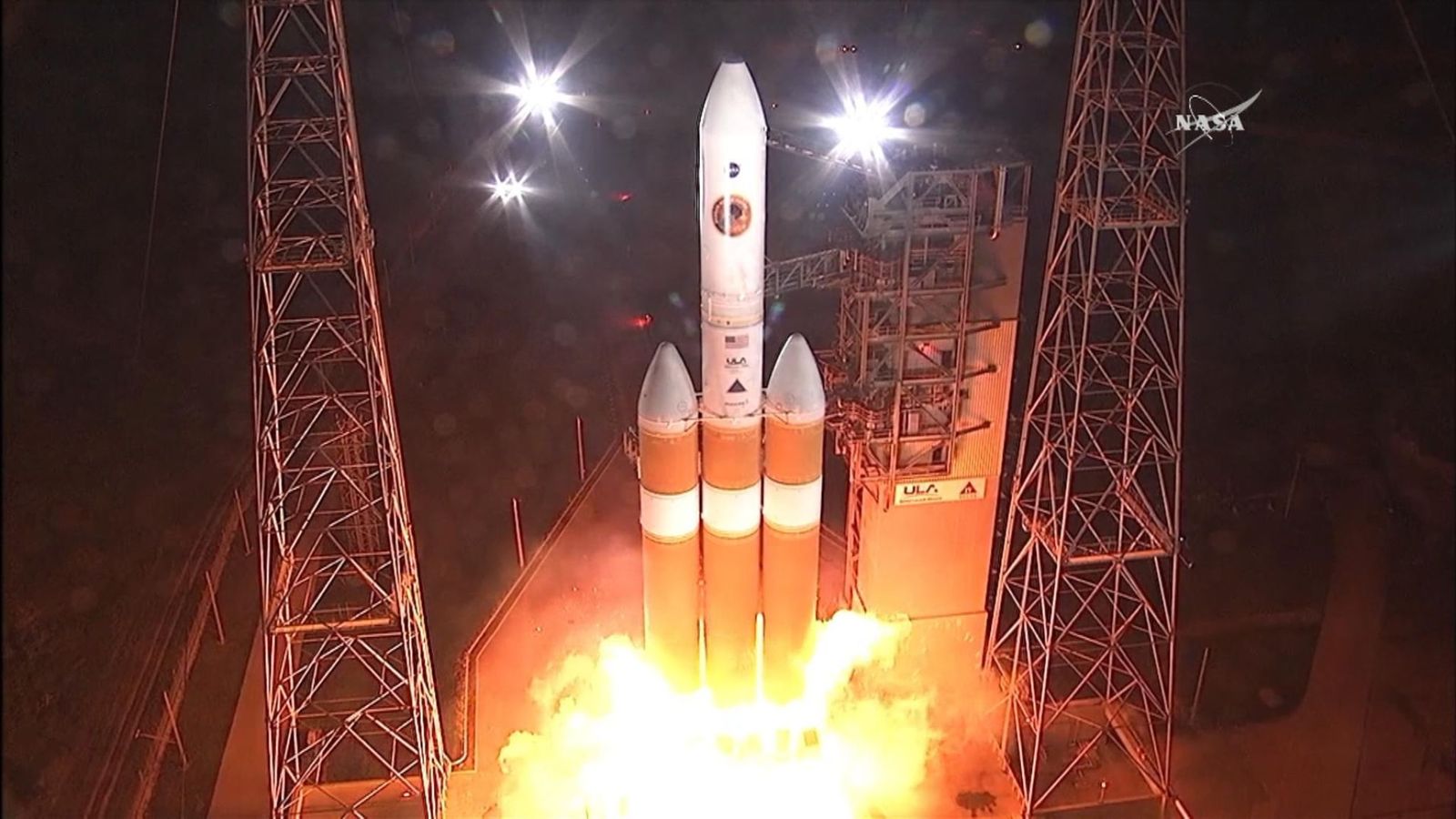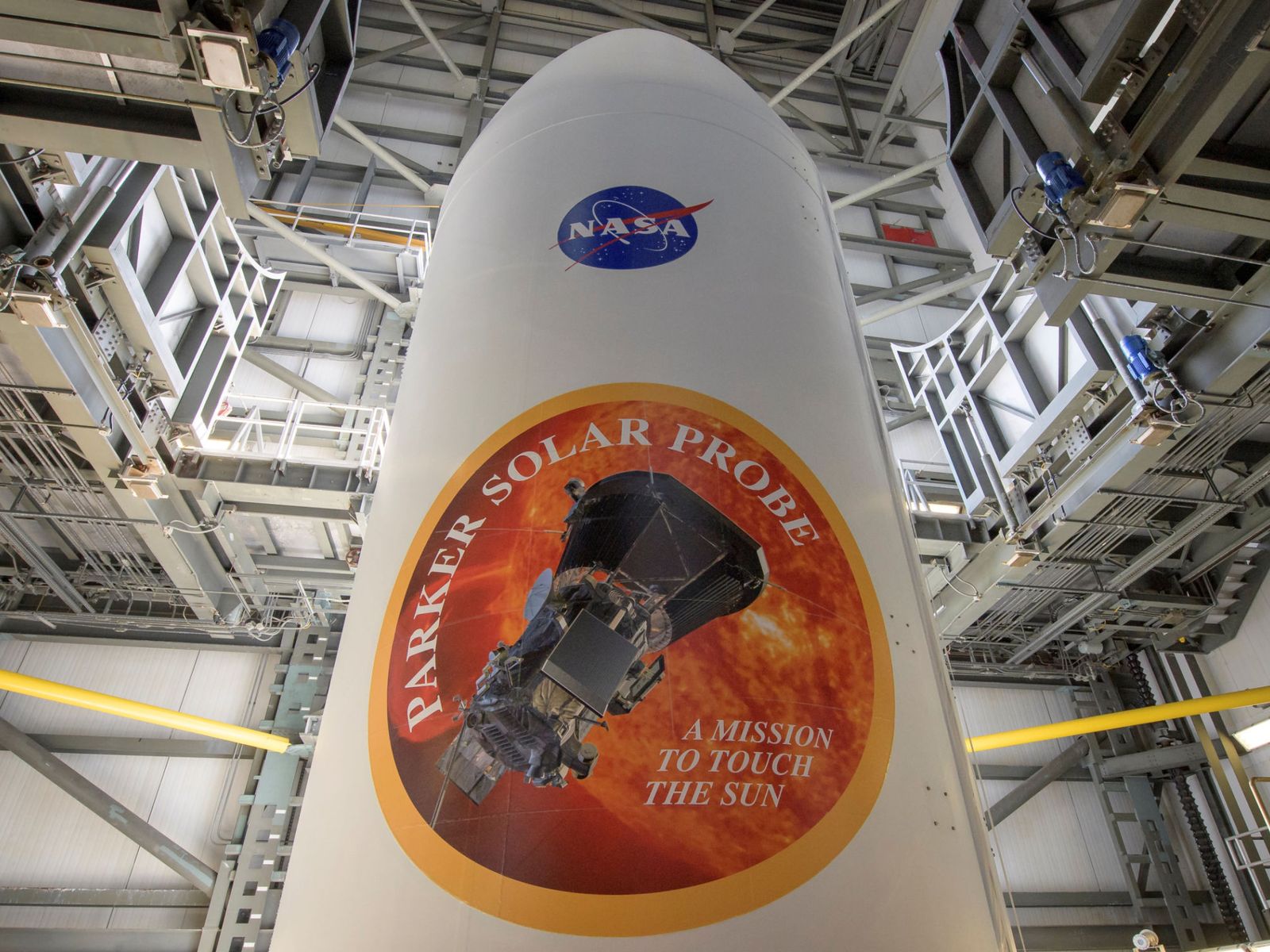 A space probe that will “touch the sun” and reach record-breaking speeds has successfully blasted off from Cape Canaveral in Florida.
A space probe that will “touch the sun” and reach record-breaking speeds has successfully blasted off from Cape Canaveral in Florida.
NASA on Sunday launched a probe that will head closer to the Sun than any other spacecraft before it. The Parker Solar Probe will endure wicked heat while zooming through the solar corona to study this outermost part of the stellar atmosphere that gives rise to the solar wind.
The Probe, a robotic spacecraft the size of a small car, was launched from Cape Canaveral in Florida, for its planned seven-year mission. It is set to fly into the Sun’s corona within 3.8 million miles or 6.1 million km from the solar surface, seven times closer than any other spacecraft.
The previous closest pass to the Sun was by a probe called Helios 2, which in 1976 came within 27 million miles or 43 million km. The average distance from the Sun for Earth is 93 million miles or 150 million km. The Parker Solar Probe lifted off on the Delta IV Heavy rocket a day late, after a dramatic delay on Saturday saw lift-off halted with two minutes to go.
The Parker Solar Probe lifted off on the Delta IV Heavy rocket a day late, after a dramatic delay on Saturday saw lift-off halted with two minutes to go.
The second attempt on Sunday at 3.31 am local time was a success.
The corona gives rise to the solar wind, a continuous flow of charged particles that permeates the solar system.
Unpredictable solar winds cause disturbances in our planet’s magnetic field and can play havoc with communications technology on Earth. NASA hopes the findings will enable scientists to forecast changes in Earth’s space environment.
The project, with a $1.5 billion price tag, is the first major mission under NASA’s Living With a Star programme.
The probe is set to use seven Venus flybys over nearly seven years to steadily reduce its orbit around the Sun, using instruments designed to image the solar wind and study electric and magnetic fields, coronal plasma and energetic particles.
NASA aims to collect data about the inner workings of the highly magnetized corona. The probe, named after American solar astrophysicist Eugene Newman Parker, will have to survive difficult heat and radiation conditions.
It has been outfitted with a heat shield designed to keep its instruments at a tolerable 85 degrees Fahrenheit or 29 degrees Celsius even as the spacecraft faces temperatures reaching nearly 2,500 degrees Fahrenheit or 1,370 degrees Celsius at its closest pass.




















































